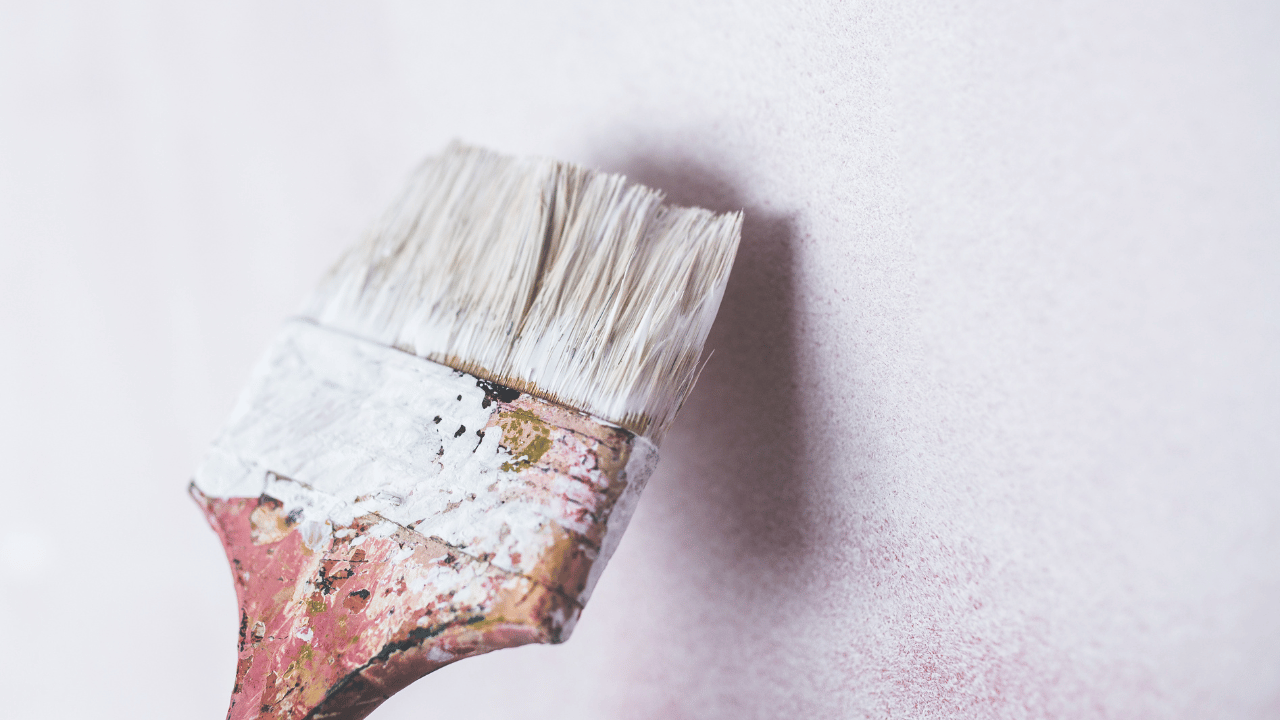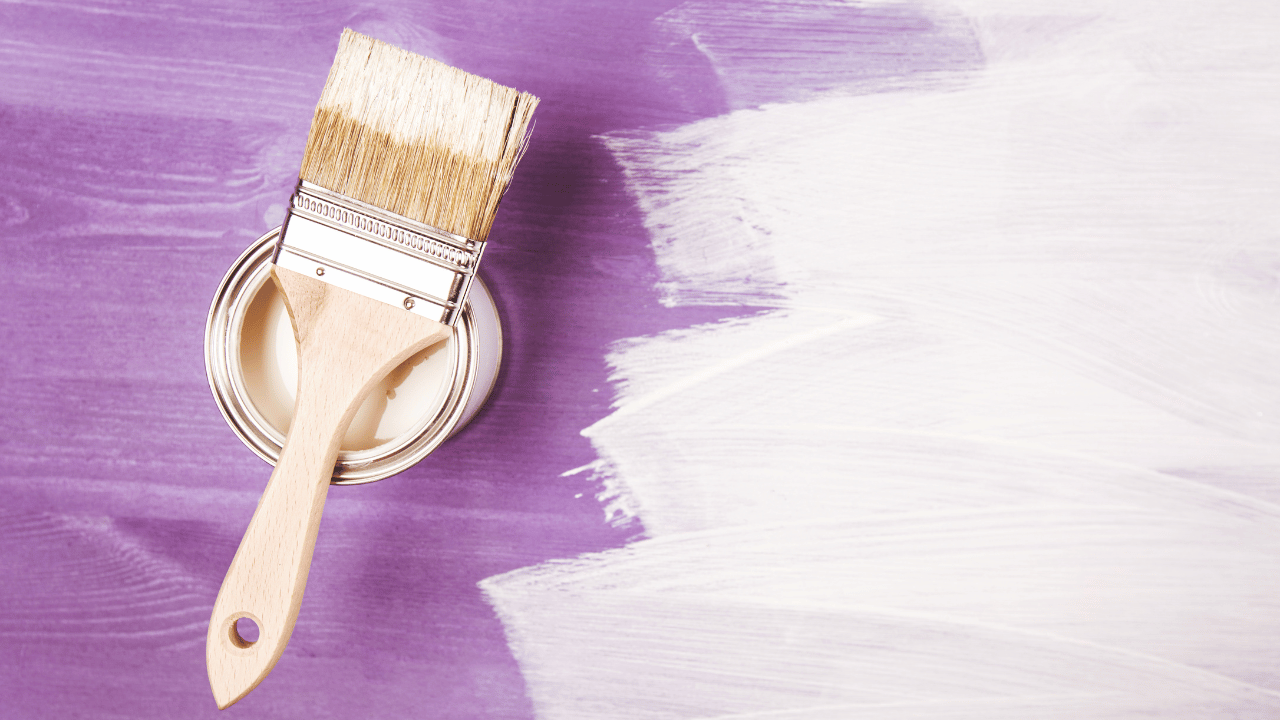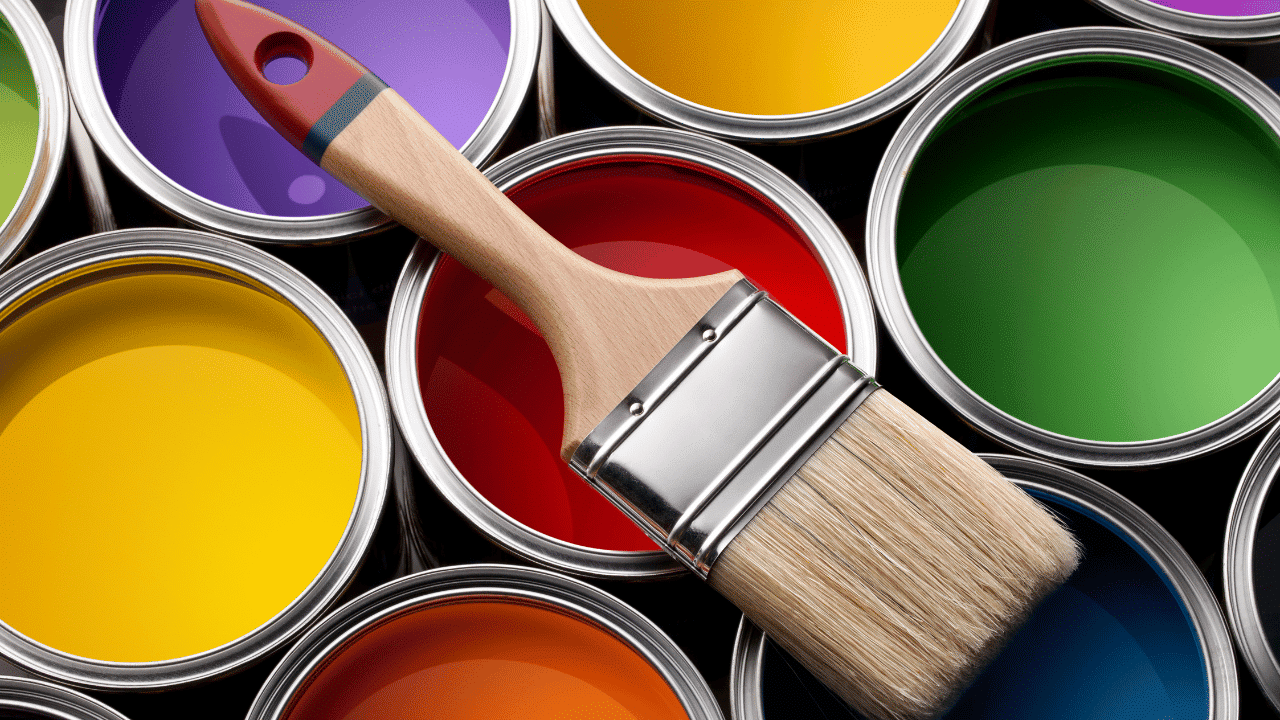Last Updated on September 7, 2023 by Pro Handyman Australia – Editorial Team
Stepping into a local home center, paint, or hardware store, one is often met with an impressive assortment of paint brushes. The vast selection can sometimes make the decision-making process seem daunting.
Factors to Consider
Before diving into your purchase, it’s crucial to understand the distinguishing features of each brush type to ensure you’re selecting the one best suited for your specific project.
The Essence of the Right Choice
By investing a bit of time in understanding the nuances of different brush types, you can transform a seemingly complicated decision into a well-informed and confident choice, ensuring a flawless finish for your painting endeavors.
Selecting the Ideal Paint Brush: Tips and Tricks

Choosing the Right Bristle: When it comes to paint brushes, the bristle type significantly affects the finish quality. Brushes come with either synthetic or natural bristles. Synthetic brushes are suitable for water-soluble paints or varnishes, while natural bristle brushes (like Black China, Ox-hair Blend, or White China) work best for oil-based paints. Interestingly, although you can use synthetic brushes for oil-based paints, natural bristles often result in a finer finish. However, avoid using natural bristles with water-based finishes; they absorb moisture and lose their stiffness.
Different kinds of synthetic brushes include those made from nylon, nylon/polyester blends, and Chinex bristles. A blend of nylon and polyester balances softness for a sleek finish with stiffness for enhanced control. On the other hand, Chinex bristles are known for their superior performance and hassle-free cleaning.
For those inclined towards natural-bristle brushes, a variety of types exist. However, the rule of thumb is that a higher price generally means better quality. For tasks like varnishing, a brush akin to the Wooster Yachtsman China Bristle brush is recommended.
Size Matters: The size of your brush matters, especially when considering the scope of your project. For tasks like painting or varnishing woodwork, smaller brushes offer precise control. A 1-1/2-inch-wide brush typically suits most woodwork, but wider trims might necessitate a brush up to 2-1/2-inches wide. If your project involves wall painting, using a brush for cutting in is essential. Although some professionals might opt for 3- or 4-inch-wide brushes, a 2-1/2-inch-wide brush is usually perfect for DIY enthusiasts. Only opt for brushes wider than 3 inches if your project involves expansive surfaces, such as wide siding or fences.
Shape and Application: Having selected the bristle type and size, the shape is the next crucial choice. Brushes with angled bristles are ideal for precision tasks like painting trim or cutting in before rolling walls, as the slant allows for better control. On the contrary, square-tipped brushes are better suited for broader surfaces.
Value for Money: Although it might be tempting to purchase a cheaper brush with the intent of disposing of it post-use, investing in a high-quality brush is often a wiser decision. Premium brushes not only hold more paint and yield smoother results but are also more durable and easier to maintain. For a top-tier brush, one should be prepared to invest between $10 and $20.
Diversity in Round Brushes: Among the best tools for intricate details are the round and script paint brushes. Round brushes, because of their unique design, offer an extensive range of sizes. Their appeal lies in their tapered design; starting with a robust base and culminating in a fine point. This design allows artists to create a spectrum of shapes using just a single stroke. For instance, when I paint tiger stripes, I rely heavily on round brushes. The diversity in their stroke width captures the essence of these stripes beautifully.
Precision with Script Brushes: On the other hand, script brushes cater to more delicate requirements. They are available in sizes like small, extra small, and particularly minute. Ideal for crafting slender, abstract swirls or minute details such as eyelashes, they shine when precision is the key. If you’re aiming to depict the subtle sparkle in an eye, a script brush would be your best ally.
Ensuring the Longevity of Your Paint Brushes

Caring for Synthetic Brushes
Maintaining synthetic brushes is relatively straightforward. When you’ve finished painting, a mix of water and mild soap will effectively remove any wet paint from the bristles. Once cleaned, it’s crucial to reshape them and allow them to dry. You can either lay them flat or have them stand upright. Always avoid placing the brush head down in holders, as it could deform its shape.
The Delicate Nature of Natural Hair Brushes
Natural hair brushes demand a more tailored care approach. If you paint frequently, say daily or every other day, it’s sufficient to wipe away surplus paint using a clean cotton cloth. Afterward, immerse the brush in a conditioning solution specially designed for brushes and set it aside for your next session. It’s worth noting that overwashing these brushes can prove detrimental. Earlier in my painting journey, I’d clean my brushes with household dish soap after every use. This routine led to frayed and dried-out bristles – a mistake I only recognized much later. Unlike synthetic counterparts, natural hair brushes require periodic conditioning using brush-specific oils. If you’re planning to store them for an extended period, clean them using a gentle brush soap. Post-cleaning, immerse them briefly in a conditioning solution, reshape, and store either flat or upright.
Understanding and Choosing Your Tools
Being acquainted with your painting tools is invaluable. Experimenting will lead you to identify what suits you best among the myriad of art brushes available. It’s entirely possible that, over time, you might find yourself consistently reaching for the same set of brushes, perhaps just five of them, and that’s perfectly alright. The vast array of tools at your disposal can be a source of inspiration, beckoning you to venture into new territories of creativity. Whether you find joy in meticulously maintaining brushes or prefer the simplicity of palette knives, the choice is yours. The essential thing is to immerse yourself in the process and enjoy your artistic journey. So, embrace your preferred tools and delve into the world of painting.
Conclusion

In the intricate world of artistry and home improvement, the paintbrush stands as an emblem of creation and transformation. The myriad choices available in the market can initially seem daunting, but with a comprehensive buying guide, making an informed decision becomes seamless. Understanding the nuances, from bristle type to brush size and care routines, ensures that both novices and professionals can extract the most value and longevity from their tools. As with any instrument, the right paintbrush can drastically elevate the quality of work, making the investment in knowledge just as crucial as the investment in the brush itself. Whether you’re painting a canvas or a wall, remember that every masterpiece begins with the right brush stroke.
